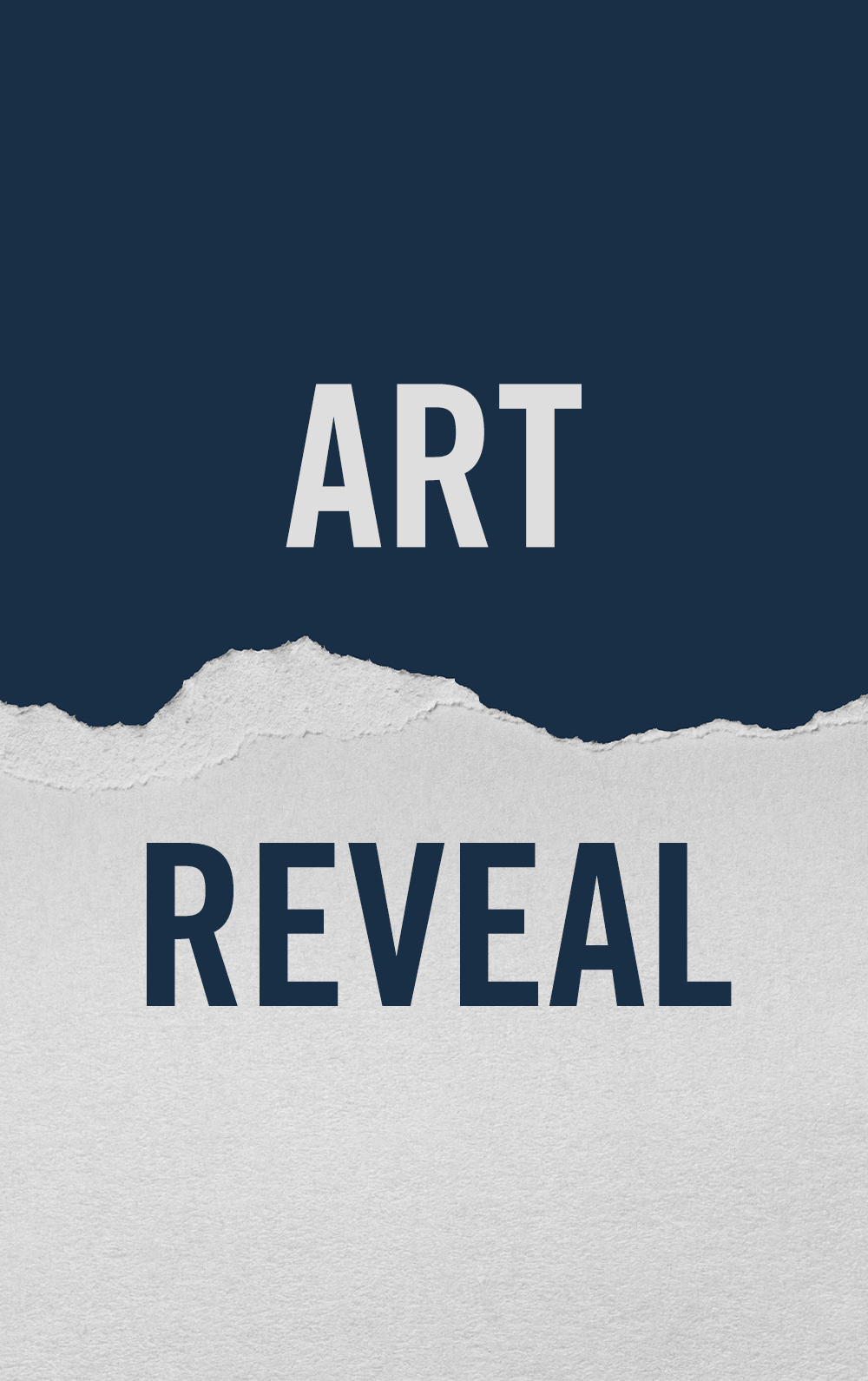
Today we're showing three pieces of artwork from our July 2023 series books! Let us know in the comments which books you'd like to see featured in our August 2023 Artwork Reveal!
By M.C. Bishop
Illustrated by Giuseppe Rava
LEGIONARIES IN A DANUBIAN FORTRESS
A centuria of legionaries is paraded outside its barrack block and its commander has started inspecting them at the leftmost contubernium (a unit composed of eight legionaries). The ordinary soldiers wear a mixture of mail and scale cuirasses, while the centurio wears a finer mail cuirass (with smaller rings) with shoulder guards. He is accompanied by the signifer, who has a wax tablet to take notes and is wearing a hybrid mail and scale cuirass with small ribbed scales and a decorative grid pattern of tinned scales (but no standard, helmet, or animal pelt, since he is fulfilling his clerical duties). Some of the men still wear the fringed subarmalis but others now have the newer version with pteryges.
The Reconquest of Burma 1944–45: From Operation Capital to the Sittang Bend
By Robert Lyman
Illustrated by Johnny Shumate
AMBUSH ON THE MAWCHI ROAD, KARENNI HILLS, APRIL 1945
Soldiers of Force 136, together with the Karen guerrillas they have trained, ambush a Japanese convoy en route along the road from Mawchi to Toungoo in April 1945. In one of the most critical operations of the war, 12,000 Karens, under the command of 210 men of Force 136, undertook a series of small-scale but crucial actions across 7,000 square miles of the Karenni (the Karen Hills) designed to prevent the Japanese from reinforcing the town of Toungoo.
Sited strategically on the Sittang, Toungoo was the key to winning the war for the Fourteenth Army before the monsoon rains arrived in May. If Slim could capture the town before the Japanese had a chance to reinforce it, he would be able to push his armoured vanguard (IV Indian Corps) on to Rangoon and potentially force the Japanese to evacuate the capital city before the Japanese were cut off from their escape route into Thailand. Weeks of ambushes and small-scale actions across the Karenni prevented the Japanese from reaching Toungoo and forced the Japanese to evacuate Rangoon, just before the amphibious Operation Dracula was launched against Rangoon from the sea.
Artwork requested by Kyle Lai.
Allied Tanks at El Alamein 1942
By William E. Hiestand
Illustrated by Felipe Rodríguez
 A Crusader II of the 9th Lancers, 2nd Armoured Brigade, 1st Armoured Division, 23
A Crusader II of the 9th Lancers, 2nd Armoured Brigade, 1st Armoured Division, 23
October 1942.
The 2nd Brigade had a mix of tanks totalling 29 Crusader IIs, 39 Crusader IIIs and
92 Shermans. At the beginning of the battle, 105 of the X Corps’ 441 tanks were Crusader IIs
despite the limitations of the tank’s obsolete 2-pdr main armament. Note the forward small Besa
machine-gun turret that was rarely manned in combat. British tanks in early 1942 were typically
painted in overall sand scheme, but at Alamein, they were usually painted with a dark green
camouflage pattern over the basic sand. British tanks also carried a wide variety of formation and
additional markings: visible on this Crusader is the War Department Census Number on the turret
side, an individual number assigned to each vehicle. Tank Census Numbers all began with ‘T’. The
1st Armoured Division was heavily engaged during Operation Lightfoot and later was reinforced
by the 10th Armoured Division’s 8th Armoured Brigade to participate in the Supercharge attack on
2 November. The division failed to move rapidly enough to exploit the 9th Armoured Brigade’s
costly attack but inflicted heavy losses on Rommel’s counter-attacking mobile divisions, forcing
Axis forces to abandon the Alamein area on the 4th.
Artwork requested by Adam Cooper.





Comments
You must be logged in to comment on this post. Click here to log in.
Submit your comment